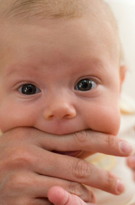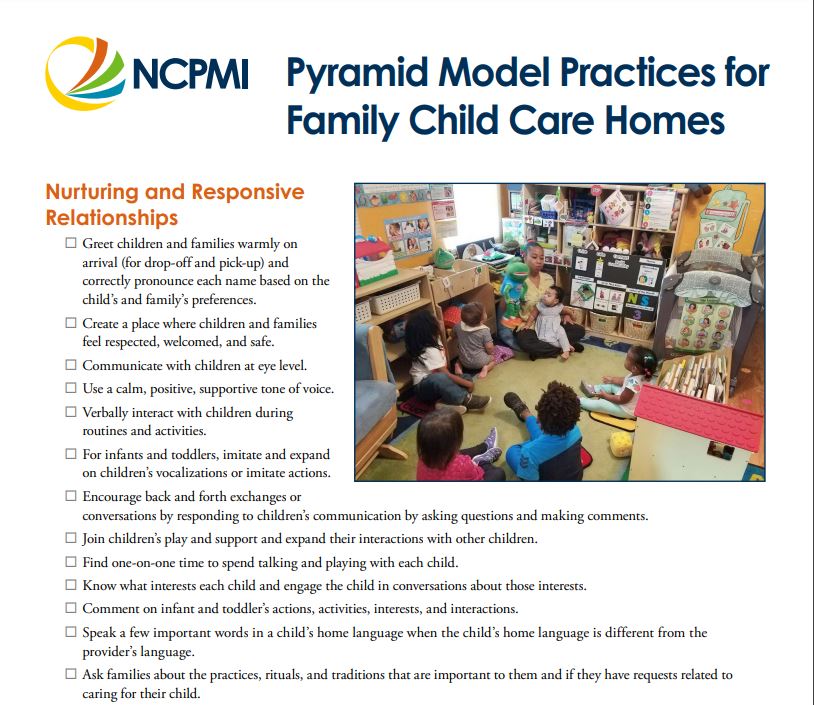Find Part 1 HERE
In early childhood spaces, there is much research on the field of attunement, regulation and co-regulation. When an adult is able to regulate their own nervous system, they can help little ones calm their minds and bodies, and create an experience where children can be aware of their own emotions, listen and learn from them, and choose from an array of strategies to move from dysregulation to a regulated state. Some say that a dysregulated adult simply cannot help to regulate a child.
I am continually impressed with the array of strategies I see in elementary schoolers for being able to move from an overwhelming feeling into a place of more equilibrium. To be able to have feelings and body awareness, to then find language to describe that feeling, choose some preferred strategies, then later reflect on why and how they feel the way they do. This allows them to better cope with the natural ups and downs of the day and the body’s various states. This is a far from easy or clean process with linear outcomes, but it is an important process. I am still learning so much about my own regulation system (while simultaneously trying to be a leader for my children and students as I work to rewire and reframe my own responses!)
When kids are in environments with teachers modeling rich language around feelings, behaviors and choices, normalizing emotions, they will develop more social and emotional knowledge than without. It moves us away from how so many were raised to believe that certain feelings are acceptable, while others are not. To truncate, to push down, to punish ourselves and others for having completely acceptable, human emotions.
Many times, children are leading us.
I can’t imagine another environment so ripe as to support the development of attuned leaders. Amazing brains, full of potential, growing, learning, and developing their spindle cells and oscillators to connect with others? As those working with children, we are truly building the brain-leaders for tomorrow’s world. In our digital age, it is more crucial than ever that we show little ones how to read faces and bodies, hear tones in voice, scan and encode humans. And know that someone is deeply attuned to them. To their magic.
We now know conclusively that we are creating future leaders who can positively impact others.
So, as Brene Brown speaks to boardrooms and with C-Suite executives about the importance of having an emotional landscape, we know that within the interactions at our sensory tables and our play areas, our centers and stations and playgrounds and parks, this is where leadership begins.
Brain-based, connected and attuned, empathetic leadership.
There is much information about the importance of teaching empathy and having a feelings-aware environment in early childhood spaces. It is simply good for children; good for relationships; good for growth; and good for the adults that are supporting and guiding the learning.
As Brene Brown shares in her book Atlas of the Heart: Mapping Meaningful Connection and the Language of Human Experience:
“Our connection with others can only be as deep as our connection with ourselves. If I don’t know and understand who I am and what I need, want, and believe, I can’t share myself with you.”
What Brown does here is both uncover and shine light on the importance of having access to our feelings so that we can share, and so that we can communicate with ourselves and take that knowledge and those feeling words and bring them out into the world. In general, we lack the depth of words to accurately describe our feelings. This essentially limits how we can share ourselves and connect to others with depth and deeper understanding. Until recently, and because of research and work like Brown’s, we may not have known how stifled we actually are. That we have mostly been living in a feelings-shallow environment. But now we know. And we can do better.
Now let’s move into a different, yet related field of study—that of Mirror Neurons. Spindle Cells. Oscillators. The parts of the brain that fire up when we are in social situations, when we are interacting with other humans.
According to a 2019 Harvard Business Review article “Social Intelligence and the Biology of Leadership” by Daniel Goleman and Richard Boyatzis, studies of the brain show that leaders can improve group performance by understanding the biology of empathy (the ability to understand and share the thoughts and feelings of another person.)
Goldman and Boyatzis have been studying the brain within a particular field called social neuroscience. It is the field of study that examines what happensinside the brain while people interact.
And it shows us interesting truths about something rather unexpected. About what makes a strong leader.
This is where mirror neurons come into play. Mirror neurons fire up when we consciously or unconsciously detect someone else’s emotions through their actions. And according to how the brain works, “collectively these neurons create an instant sense of a shared experience.”
And this is also where spindle cells enter the scene. Spindle cells are responsible for sending information about how we feel about a person. Spindle cells are four times the size of other brain cells and have an extra long branch to quickly transmute thoughts and feelings. Our emotions, beliefs and judgments form to create our social guidance system.
The real gem here is that certain things that leaders do, specifically exhibiting empathy and becoming attuned to others’ moods “literally affect both their own (the leader’s) brain chemistry… and that of their followers.” This means that both leaders and employees’ brains can mimic and mirror each other, forming a sort-of symbiotic space. There are some hard metrics that demonstrate that when a leader is able to attune and attend to the needs of their group, they have the power to influence their team’s (and their own brain pathways in powerful, and now measurable, ways. With the now established ways of being able to scientifically measure human development, we are able to capture how these skills of empathy and human understanding can transfer to effective, compassionate leadership.
Empathy can be practiced, so it makes new pathways in the brain. This makes stronger, more attuned, more positively influential leaders and teams.
While fascinating, you may be wondering what this has to do with our youngest learners. Or even education for that matter. While Brown and Goldman and Boyatzisand’s work isn’t related specifically to the field of early childhood, it isn’t a drastic leap to consider that the caretakers of children are those very leaders as well. Let’s combine the ideas we just read about- take what we now know about the inner workings of the brain, how humans interact with each other, and how effective leadership can form and commit to stating that these ideas are immensely important for the field of early childhood.
Because those who work with children and their families lead and interact with children everyday. We are the leaders of children. Leaders of families.
Find Part 2 HERE
Town Square Research to Practice Statements offer information from theory and research with examples and suggestions for what it means in your work with children. This series of position statements includes topics such as the benefits of a home-like environment, the power of open-ended materials, and the benefits of incorporating the arts.
The pyramid model, also known as the “Teach, Model, and Reinforce” model, is a framework used to promote positive behavior in young children. It consists of three main components:
1. Teaching: This involves explicitly teaching children appropriate behavior and social skills. This may include providing clear expectations, teaching problem-solving strategies, and using positive reinforcement.
2. Modeling: Adults or peers model positive behavior for children to observe and imitate. This can include role-playing, demonstrating appropriate behavior, and providing praise and reinforcement for positive actions.
3. Reinforcing: This involves providing positive feedback and rewards for desired behavior. This can include verbal praise, stickers, or other tangible rewards.
Caregivers can create a supportive environment encouraging children to develop strong social skills and positive behavior patterns using this framework. The National Center for Pyramid Model Innovations (NCPMI) has abundant resources to guide and support your practice.
This worksheet/checklist provides practical ways to implement this model in your family childcare program.
Children can help create sensory calming jars to help them with self-regulation and encourage mindfulness. Use any clear container with a tight fitting lid and help children as needed to fill them with water, oil, glitter, confetti, food coloring, or beads. Secure the lid tightly. You can even use hot glue around the edge of the lid to be sure it is sealed. Then allow children to use them to help them regain focus and be calm by shaking and gazing at the movement and patterns.
Children can help create sensory calming jars to help them with self-regulation and encourage mindfulness. Use any clear container with a tight fitting lid and help children as needed to fill them with water, oil, glitter, confetti, food coloring, or beads. Secure the lid tightly. You can even use hot glue around the edge of the lid to be sure it is sealed. Then allow children to use them to help them regain focus and be calm by shaking and gazing at the movement and patterns.

Para ver este recurso en español haga clic aqui



